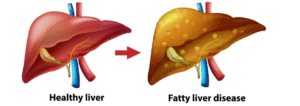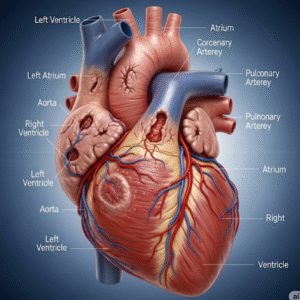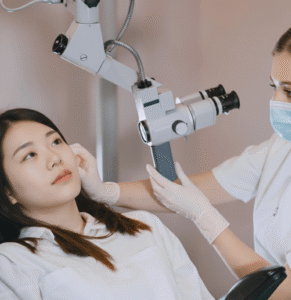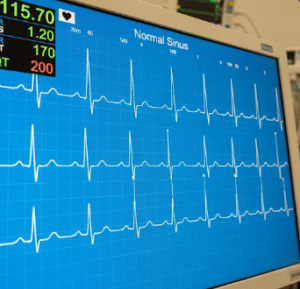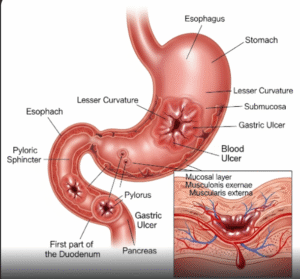Overview
OEIS Syndrome, also known as Cloacal Exstrophy, is a rare and severe congenital condition that affects multiple organ systems in the lower abdomen. The term “OEIS” is an acronym representing the four major anomalies involved: Omphalocele, Exstrophy of the cloaca, Imperforate anus, and Spinal defects. This complex birth defect typically presents at birth and requires multiple corrective surgeries over time. With early intervention and comprehensive care, many children born with OEIS can go on to lead fulfilling lives, although they often face long-term medical challenges.
What is OEIS Syndrome (Cloacal Exstrophy)?
OEIS Syndrome is a complex birth defect where the abdominal wall, urinary tract, intestinal tract, and spine are malformed. In affected newborns, internal organs such as the bladder and intestines are exposed outside the body. The cloaca, which is a single common chamber for urinary, genital, and intestinal tracts in early development, fails to separate properly. This leads to exstrophy, where the bladder and parts of the bowel are exposed on the outside. OEIS is an extremely rare condition, occurring in approximately 1 in 200,000 to 400,000 live births.
Symptoms
The signs and symptoms of OEIS Syndrome are visible at birth and include:
- Omphalocele: Abdominal organs protruding through the navel, covered by a thin membrane
- Bladder exstrophy: Split bladder exposed outside the abdomen
- Imperforate anus: Absence of a normal anal opening
- Spinal abnormalities: Often spina bifida or other spinal cord defects
- Separation or malformation of the genitalia
- Shortened or malformed colon
- Possible kidney abnormalities
Causes
The exact cause of OEIS Syndrome is not fully understood. It is believed to result from disruptions in embryonic development during the first trimester of pregnancy, particularly affecting the cloacal membrane and mesoderm. Contributing factors may include:
- Genetic mutations or chromosomal abnormalities
- Environmental exposures during pregnancy
- Use of certain medications or substances
- In most cases, the condition occurs sporadically without a clear hereditary link
Risk Factors
While OEIS Syndrome is rare, several potential risk factors have been identified:
- Family history of neural tube defects or abdominal wall defects
- Maternal diabetes or obesity
- Use of fertility treatments or multiple births
- Lack of folic acid supplementation before and during early pregnancy
- Certain maternal infections or environmental exposures
Complications
Children born with OEIS Syndrome may face multiple complications, including:
- Infections due to exposed organs
- Kidney or urinary tract problems
- Bowel dysfunction or malabsorption
- Neurological issues due to spinal defects
- Challenges with mobility or development
- Reproductive challenges later in life
- Psychological and emotional impact on both child and family
Prevention
There is no guaranteed way to prevent OEIS Syndrome, but some steps may help reduce the risk:
- Prenatal care with proper nutrition and folic acid supplementation
- Avoiding harmful medications or substances during pregnancy
- Managing pre-existing conditions such as diabetes
- Early and routine prenatal screening to detect abnormalities
- Genetic counseling for families with a history of congenital defects
Treatment Options in Korea
South Korea is renowned for its cutting-edge pediatric surgical care and multidisciplinary approach to complex congenital conditions like OEIS Syndrome. Treatment usually involves:
- Emergency surgery shortly after birth to protect and reposition exposed organs
- Staged reconstruction surgeries for the bladder, bowel, genitalia, and spine
- Colostomy or urostomy creation to manage waste in early stages
- Long-term follow-up with pediatric urologists, gastroenterologists, neurologists, and orthopedic surgeons
- Rehabilitative services including physical therapy, occupational therapy, and psychological support
Top Korean hospitals such as Seoul Asan Medical Center, Samsung Medical Center, and Severance Hospital provide comprehensive neonatal and pediatric surgery services. These centers are equipped with advanced neonatal ICUs, experienced surgical teams, and family-centered care programs for children with OEIS Syndrome.


